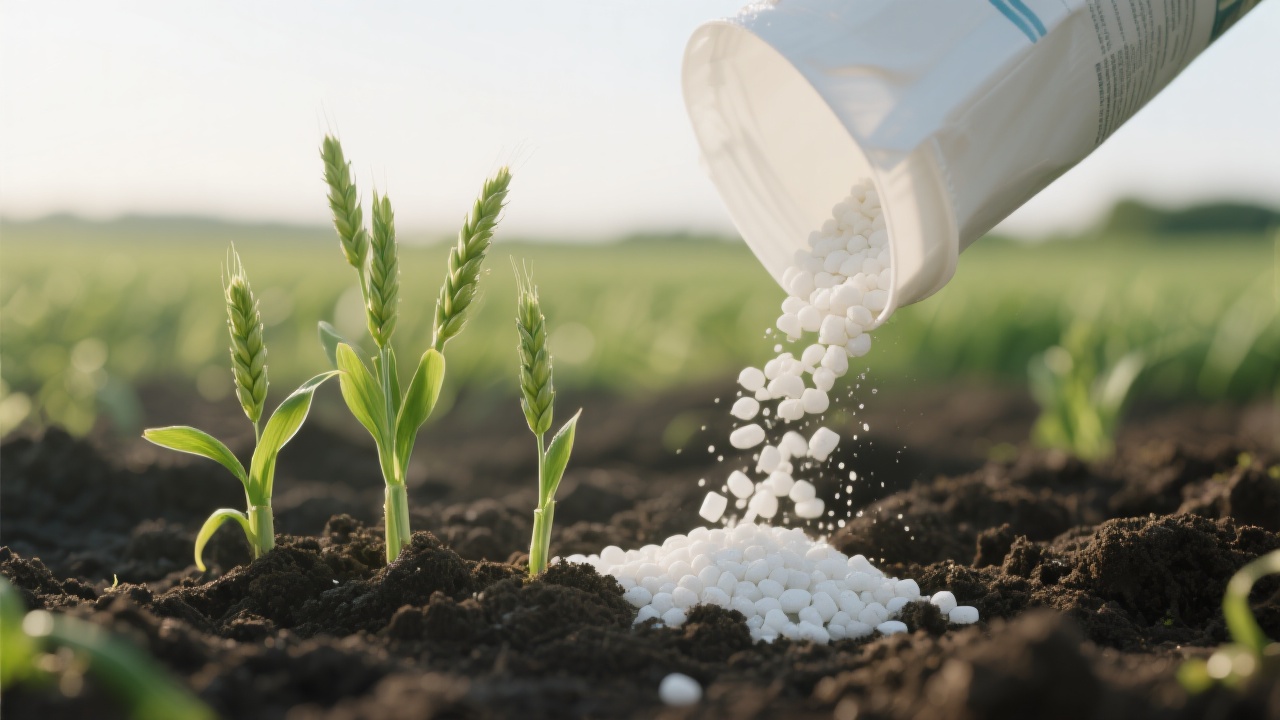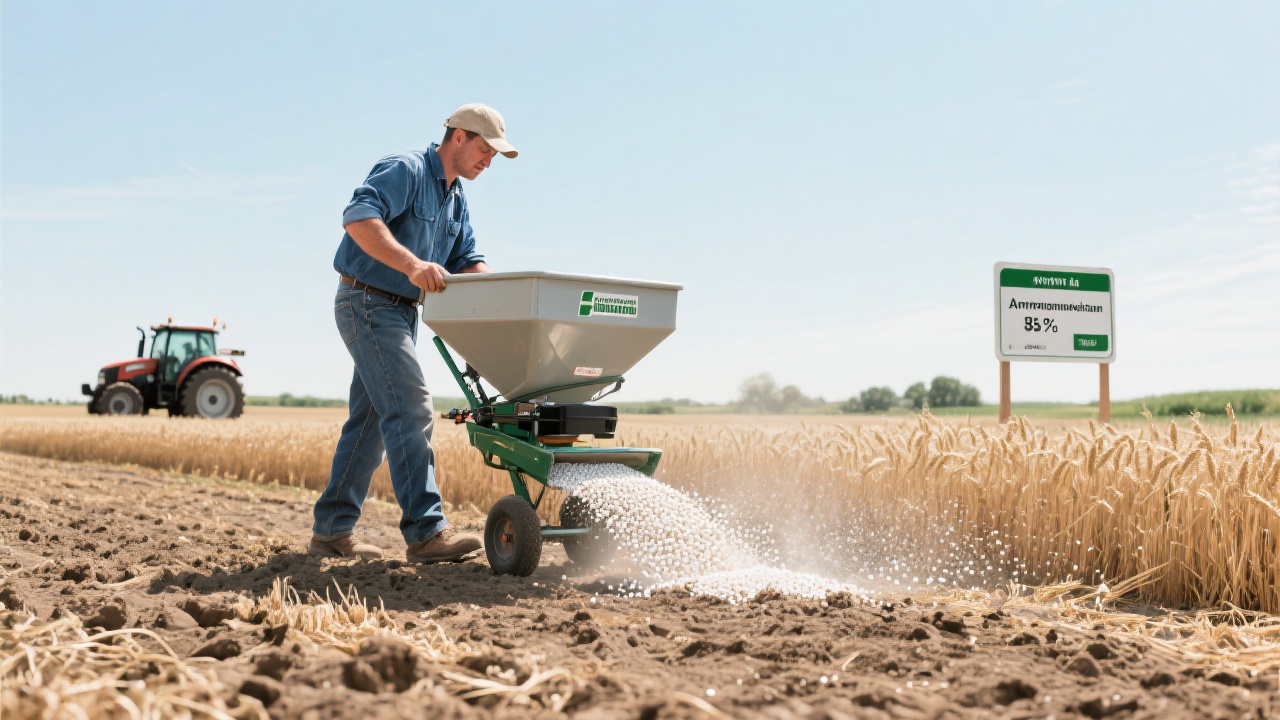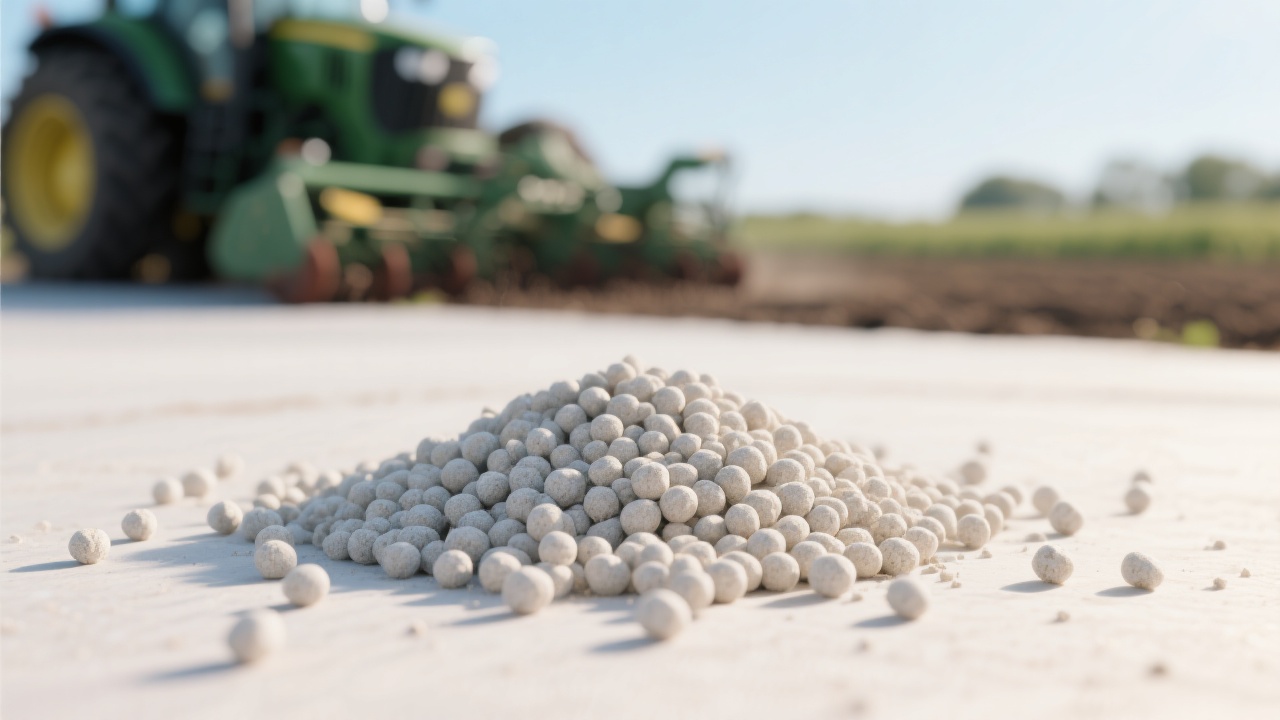
Deionized Ammonium Phosphate (DAP) is a high - efficiency compound fertilizer that has gained significant attention in modern agriculture. It combines nitrogen and phosphorus, two essential nutrients for plant growth, in an ideal ratio. The basic properties of DAP include a high nutrient content, typically around 18% nitrogen and 46% phosphorus pentoxide ($P_2O_5$), which makes it a powerful tool for farmers to enhance soil fertility.

The nitrogen - phosphorus balance in DAP is crucial for crop development. Nitrogen is responsible for the green, leafy growth of plants, while phosphorus plays a vital role in root development, flowering, and fruiting. A study conducted on wheat fields showed that when DAP was applied, the plants had a more robust root system, with an average root length increase of 20% compared to fields without DAP application. The balanced supply of nitrogen and phosphorus also led to a 15% increase in the number of tillers per plant, which directly contributed to higher yields.
| Nutrient | Function in Crop Growth | Effect of DAP Application |
|---|---|---|
| Nitrogen | Leafy growth, chlorophyll synthesis | Increased leaf area, darker green color |
| Phosphorus | Root development, flowering, fruiting | Stronger root system, more flowers and fruits |
DAP has high water solubility, which means it can quickly dissolve in soil moisture and be readily absorbed by plant roots. This is especially important in regions with limited water resources. Additionally, its low moisture content (usually less than 2%) reduces the risk of caking during storage and transportation. In a large - scale agricultural project in an arid region, the high water - solubility of DAP allowed farmers to use less irrigation water while still achieving satisfactory crop growth. The low moisture content also saved on storage costs as there was no need for special humidity - controlled storage facilities.

In countries like Vietnam, South Korea, and Brazil, the demand for DAP is on the rise. In Vietnam, with its large - scale rice cultivation, DAP is increasingly being used to improve rice yields. The market for DAP in Vietnam has grown at an average annual rate of 12% over the past five years. South Korea, with its focus on high - value crops such as ginseng and fruits, also sees DAP as an essential fertilizer. In Brazil, the vast agricultural land used for soybean and corn production has a huge appetite for DAP. The Brazilian market is expected to grow by 15% in the next three years due to the expansion of agricultural areas and the need for higher - yielding crops.
Let's take a case study of a soybean farm in Brazil. After applying DAP, the soybean yield increased from an average of 2.5 tons per hectare to 3.2 tons per hectare, representing a 28% increase. This increase in yield directly translated into higher income for farmers. The cost - benefit analysis showed that for every dollar invested in DAP, farmers could get a return of $3.5 in additional revenue. Similar success stories can be found in other crops and regions around the world.

Looking ahead, DAP is expected to play a more significant role in global agricultural sustainability. With the increasing demand for food due to population growth, DAP can help farmers produce more with less land and resources. Future research may focus on improving the formulation of DAP to make it even more efficient and environmentally friendly. For example, developing slow - release DAP fertilizers can reduce nutrient loss and environmental pollution.
"DAP is not just a fertilizer; it is a key to unlocking the full potential of agricultural production," says an agricultural expert. "Its balanced nutrient supply and excellent physical properties make it an indispensable part of modern farming."
If you're looking for a reliable and efficient fertilizer solution to boost your crop yields and enhance your farm's profitability, Deionized Ammonium Phosphate (DAP) is the answer. Click here to learn more about DAP and start your journey towards higher - yielding crops!